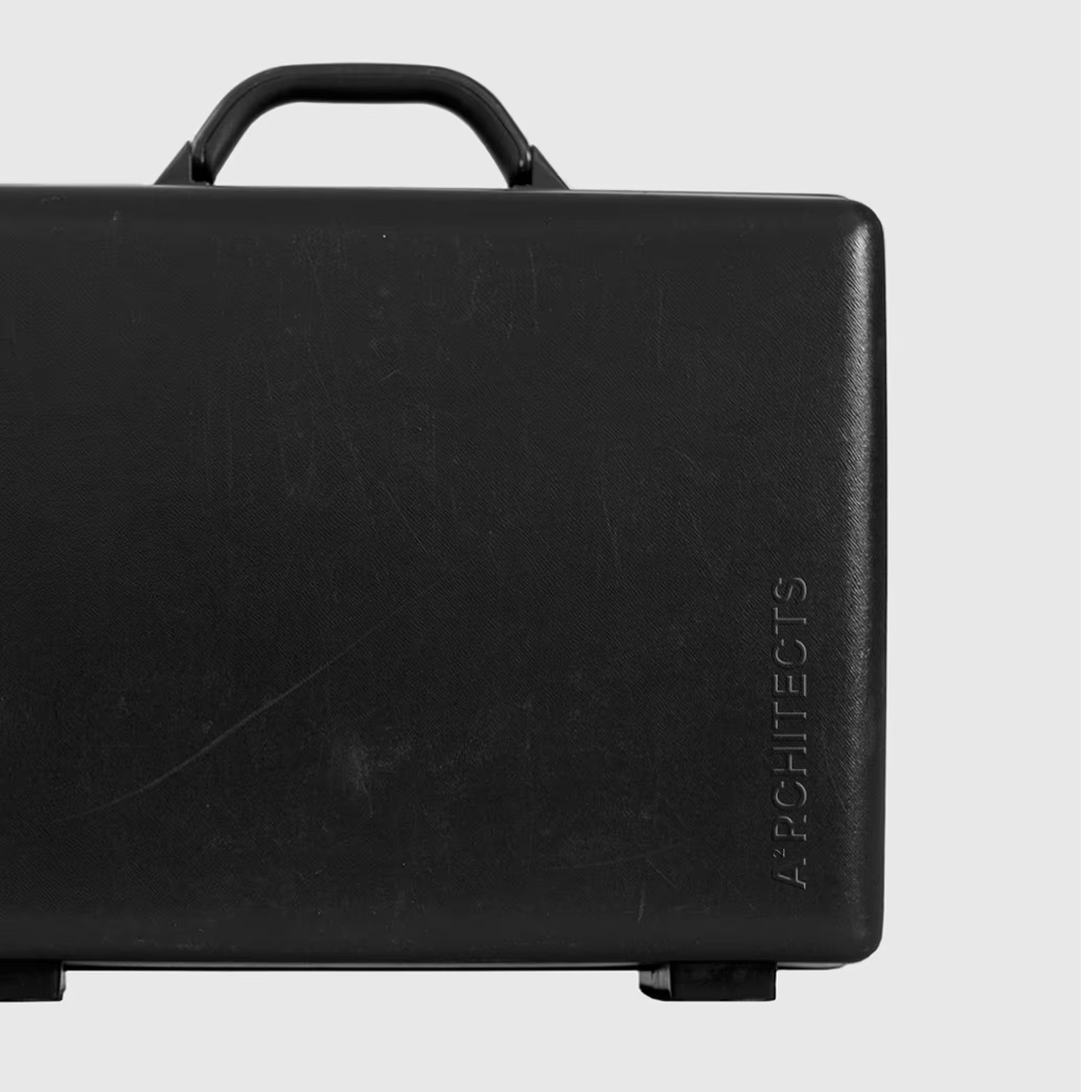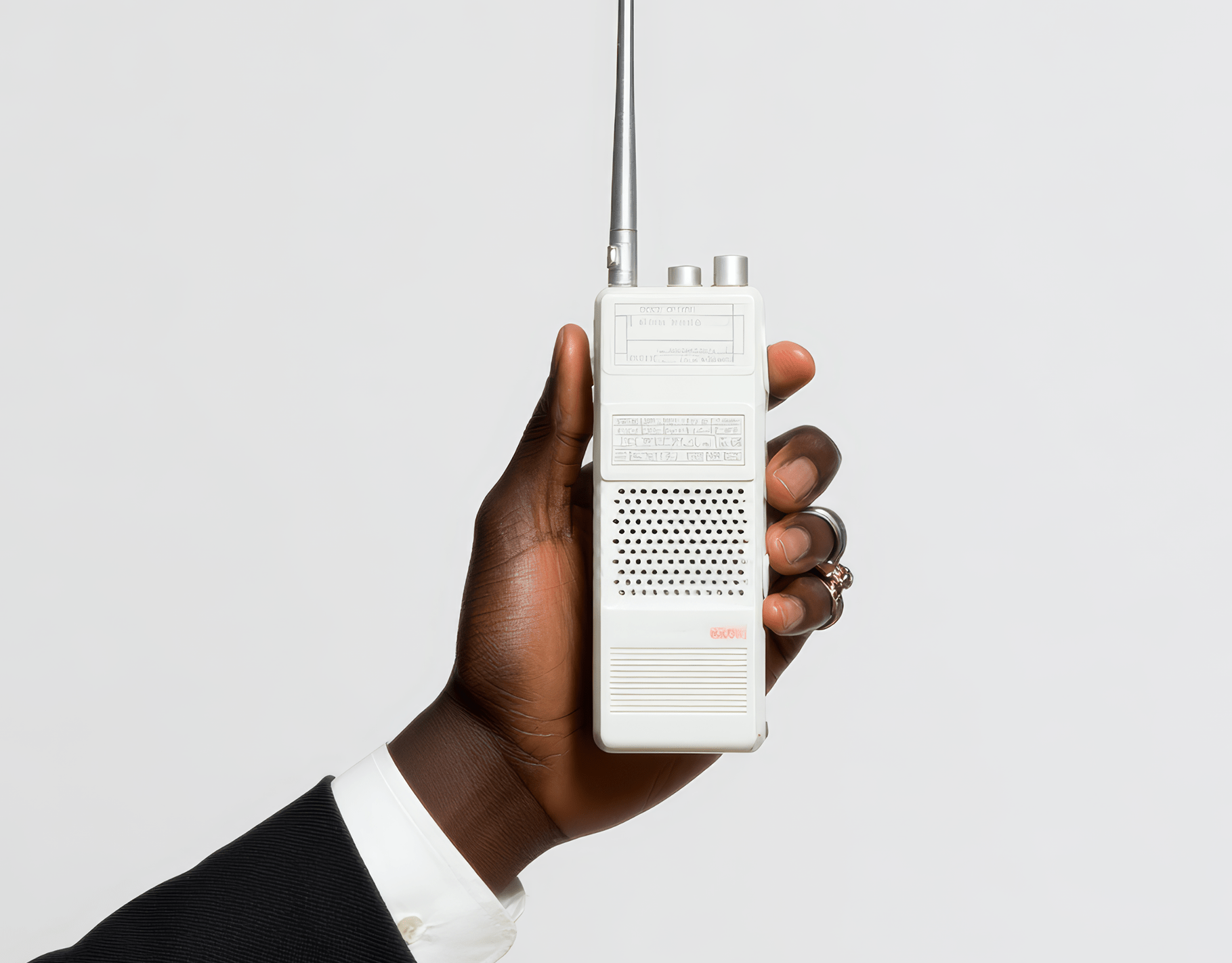There's a moment in every founder's journey when startup branding can become the make-or-break decision that separates thriving companies from forgettable ones. Usually right after revenue starts to climb and before the team grows too fast, the real question surfaces.
Not the aesthetic question. Not the do we need a new logo? question.
The strategic one that determines whether your startup branding investment will actually pay off: Is branding actually worth the investment?
Not the surface spend on visuals or copy, but the deeper cost of aligning everything - from messaging to identity to how your product feels in-market.
And it’s a fair question. For small and medium-sized businesses run by modern, design-aware founders, branding can feel like a slippery asset.
It’s hard to quantify. Harder to defend.
And hardest to explain to a co-founder who wants to pour everything into direct-response performance campaigns.
But skipping brand work may feel lean; until it starts leaking trust, conversions, and clarity at scale.
Choosing the wrong approach - or none at all - can quietly derail traction.
Misaligned messaging, fragmented visuals, and inconsistent tone lead to what the market simply reads as: untrustworthy.
And while paid campaigns can plug the hole for a while, they can’t patch what the brand lacks.
Branding Isn’t a Logo; It’s Leverage
Here's the truth most founders miss: if branding were just about looking good, every Canva user would be running a Fortune 500 company.
But beautiful doesn't mean memorable. Trendy doesn't build trust. The real branding mistakes happen long before you pick a colour palette; they start when strategy takes a backseat to aesthetic.
From what we have learned from 20 years of combined experience in branding, companies that have a strong brand identity are a signal in the noise.

Insights comparing brand vs performance marketing show that brand-led strategies, especially in the long term, contribute to lasting outcomes like customer loyalty, top-of-mind awareness, and trust; all of which compound over time.
When Design Outpaces Strategy
You’ve seen it: a startup launches with polished aesthetics and early buzz.... Then it fades.
Why? Because the what was clear, but the why was missing.
Research by Analytic Partners revealed that brand marketing outperforms direct-response campaigns in 80% of cases - and that even performance results are boosted by strong brand foundations.
Branding isn’t just polish. It’s structural integrity.
The 4 Types of Branding – And How to Choose the Right One

1. Visual-First
The Instagram approach. Clean aesthetics, cohesive colour palettes, and design that stops the scroll.
This works brilliantly for early traction, especially in visually competitive markets like fashion, food, or lifestyle products. Your audience recognizes you instantly.
2. Mission-Driven
The Patagonia playbook. Your brand stands for something bigger than profit. Whether it's sustainability, social justice, or disrupting an industry, mission-driven branding creates tribes, not just customers.
People don't just buy from you; they believe in you.
The risk? Authenticity is brutal to maintain. One misstep, one decision that contradicts your mission, and the very community that championed you becomes your harshest critic. Mission-driven branding demands you actually live the values you preach, not just post about them.
3. Performance-Led
The growth hacker's dream. Every decision is driven by metrics. Your brand exists to convert, optimize, and scale. You A/B test your way to higher click-through rates, better conversion funnels, and reduced churn. It's brand building through data.
This approach crushes short-term goals and impresses investors. But performance-led branding often lacks the emotional resonance that builds lasting relationships. You'll scale fast, but you might not build the kind of brand people talk about when you're not in the room.
4. Founder-Centric
Your story, your face, your voice becomes the brand. This works exceptionally well in coaching, consulting, and thought leadership spaces where trust is everything. People don't just buy your product; they buy into you.
The upside is immediate credibility and deep early trust. The downside is obvious: you become the bottleneck. Every decision needs your approval, every piece of content needs your voice, and scaling means finding ways to systematize what feels inherently personal.
ROI Is a Mindset, Not a Metric
In our view, strong brands reduce customer acquisition costs, increase lifetime value, and earn trust before the first ad is served. The ROI of branding isn't a line item; it's what makes the rest of the lines work.
Start Where You Are
Audit your identity. Ask yourself:
- Do our visuals, tone, and messaging align?
- Can our team describe the brand in the same way?
- Is our story memorable, or just present?
The answers will tell you whether your brand is ready to scale or just ready to launch.
Branding Isn't Overhead. It's Infrastructure
Strong brands communicate without shouting. They sell without convincing. They grow because they've earned permission to.
Your brand isn't the cherry on top; it's the soil everything grows from. The most successful founders understand this distinction. They invest in branding not as decoration, but as foundation.
Essential Questions About Branding ROI
What are the main types of branding?: Visual-first, mission-driven, performance-led, and founder-centric. Each works differently depending on your goals, audience, and business model.
How long does it take to see ROI from branding?: Expect measurable returns over time, especially in trust, customer retention, and reduced acquisition costs. It's a long game with compounding returns.
Can branding and performance marketing work together?: Yes, and they should. Branding builds trust and coherence. Performance marketing scales it. But one without the other creates friction.
What are signs of branding failure?: Inconsistent messaging, short-lived growth spikes, customer churn, or forgettable impressions. Often, the brand feels off even if the assets look fine.
How do I measure branding ROI?: Look beyond traffic. Measure increases in branded search, conversion rates, repeat engagement, sentiment, and team alignment over time.














